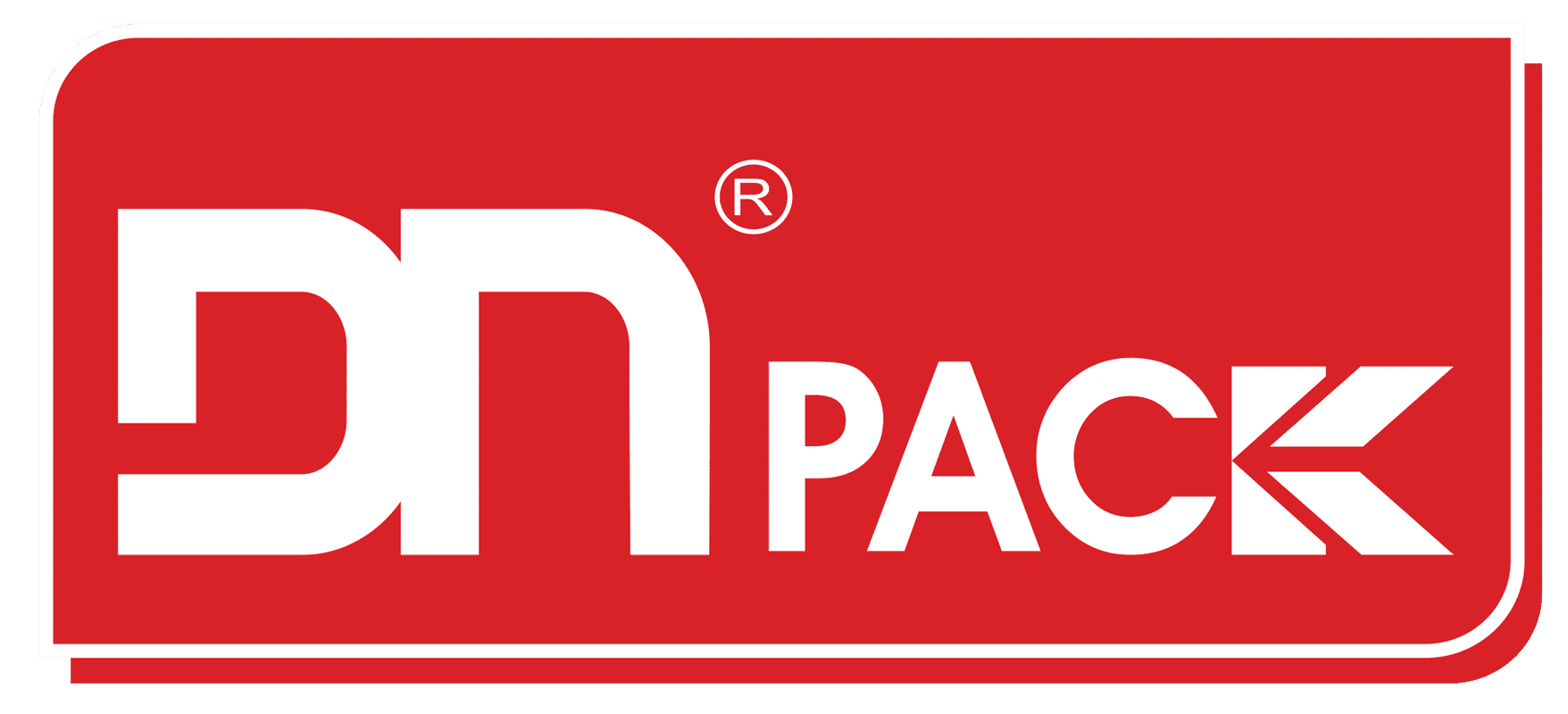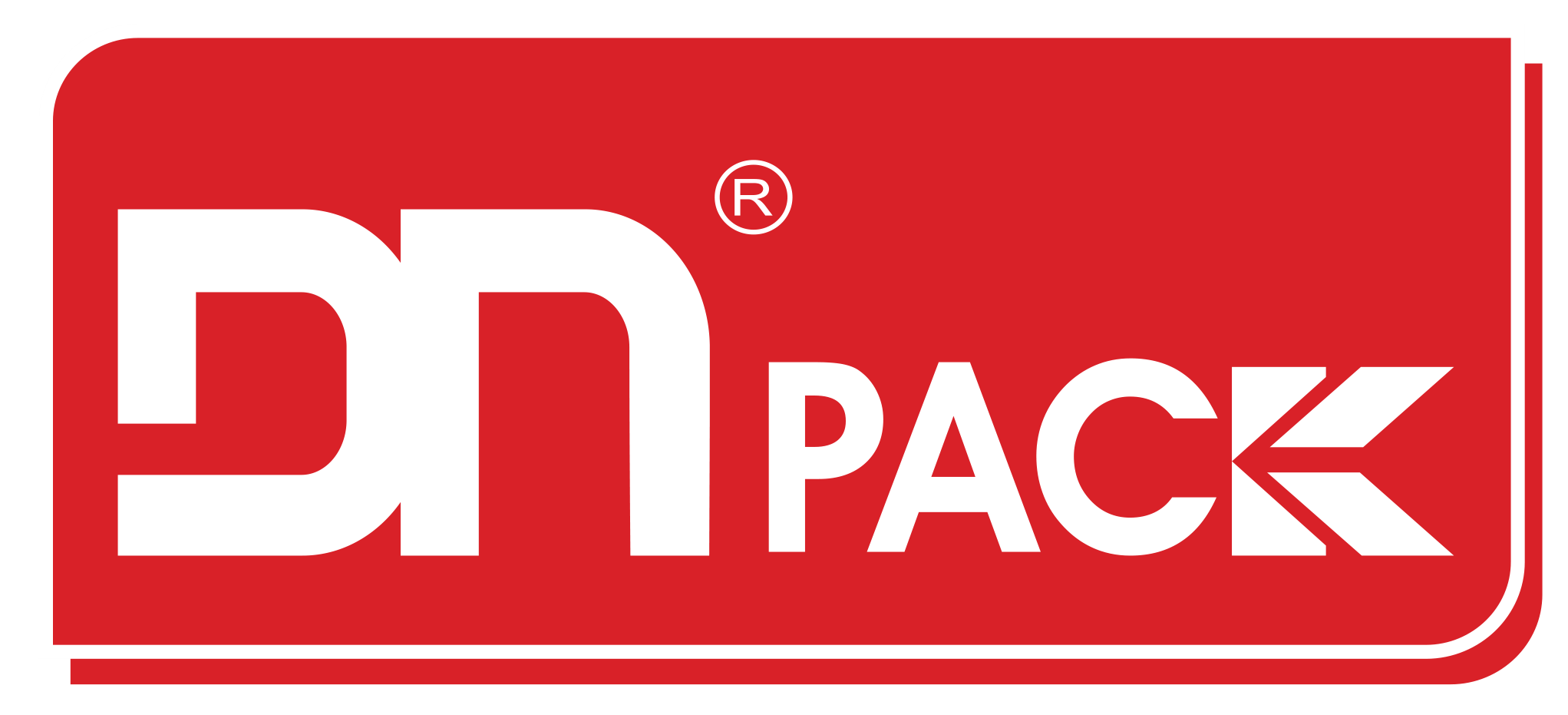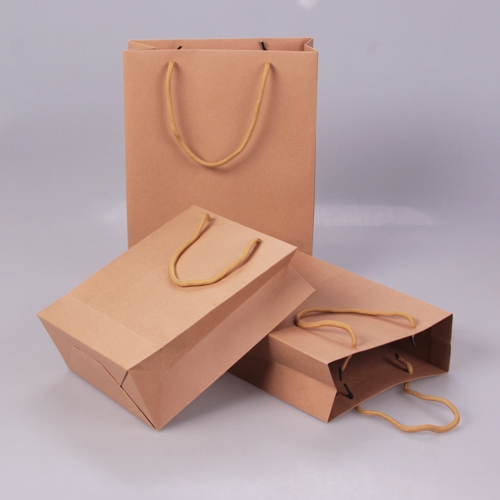1. Market trends on Recyclable Packaging
In recent years, product safety and environmental responsibility have become major concerns globally. Many manufacturers and producers of different products have been actively looking for alternative solutions to reduce wastes that negatively impact the environment. Specifically, many manufacturers from the EU and the USA, are investigating various approaches toward replacing traditional flexible plastic packaging with recyclable and eco-friendly plastic packaging. With this market trend, different requirements from the packaging manufacturers as well as customer usage need to be taken into considerations, which will be discussed in further detail in this article.
2. Recyclable Packaging
The use of recyclable & eco-friendly packaging does not limit to protecting and not causing harm to the environment, but it also extends to benefiting the companies and manufacturers. By creating trust and positive brand image to the customers, eco-friendly packaging boosts their products' values and in turn, their profit. In the current market, the two most popular eco-friendly packaging are made from recyclable paper and recyclable plastic. Each type of packaging has their own characteristics. The next sections will discuss these characteristics so their pros & cons as well as different usages can be understood.
2.1 Recyclable paper packaging
Recyclable paper packaging (recycle paper packaging) plays an important role in reserving forests, protect trees, and reducing Carbon Dioxide emissions. More importantly, many recyclacle paper packaging solutions are also compostable, which can naturally degrade in the environment. In addition, the cost of producing recycle paper packaging are low and printing process are fairly straight forward, leading to low pringing cost. In recent years, Kraft paper, which is shown in the below figure, has been widely used in recyclable paper packaging.
Here are the Advantages of adapting & implementing recycle paper packaging for manufacturers and producers:
- Reasonable cost of material and manufacturing.
- Fit for various types of products.
- Light weight and offers reusability.
- Promote & boost brand image.
Despite the advantages, recycle paper packaging is still limited in its application. Many manufacturers found recycle paper packaging to be have the following disadvantages:
- Low durability, easily torn or damaged.
- Low resistant to moisture and no water resistant.
- Does not fit to products in liquid or gel form.
- Offers no protection and durability for products in transportation.
-
Difficult to be printed with many colors according to customers' need.
2.2 Recyclable plastic packaging
The other popular alternative to paper packaging is recyclable plastic packaging, specifically recycle plastic bag. Recycle plastic bag is made from recycled plastic. Interestingly, not all plastics can be recycled. Only some of the plastics that are considered safe and contain low percentage addtives are recyclable. Therefore, to produce recyclable packaging, manufacturers need to be cautious and pay attention to the their source of plastics. Beside that, manufacturing recyclable plastic bag is considered to be relatively straightforward.
Advantages:
- Recyclable plastic bags offer similar favorable properties of conventional plastic bags such as high durability, high resistant to moisture, water resistent, high flexibility.
- Offers high protection and durability for products in transportation.
- Can be widely used in various sectors, from food to medical industry and garments.
- Can be used to carry heavy products.
- Ability to be printed with virbant color, which helps to promote better designs and brand image.
For manufacturers that mainly do exporting, implementing and integrating recyclable plastic bag into the production line is significant in the upcoming years. According to the call by UN, many counteries have restricted the import of conventional PE bags with no recycled materials, only allowing packagings that contain recycled plastic to be imported. Although the method of verification is still debtaed, many countries rely on the Global Recycle Standard (GRS) for examination.
In addition to the forementioned advantages, the disadvantage of recyclable plastic packaging is that it cannot be easily recycled or compostable as recyclable plastic packaging. Therefore, more R&D and life cycle implementation are needed.
3. What are the considerations need to be taken by businesses?
With the mentioned advantages and disadvantages, recyclable plastic packaging is likely to dominate over recyclable paper packging due to its favorable advantages. Even so, recyclable paper packaging is still a highly viable option to be used in many applications, such as shopping bags for clothing or dry produce due to its low cost and light weight. In conclusion, businesses need to weigh in the pros and cons of each of the two recyclable packging solutions so that the solution will fit to their purpose. In any case, the important consideration is that, for whichever solution is chosen, by integrating recyclable packaging, businesses are helping toward promoting eco-friendly movement and reducing emisions to the environment, which creates a significant impact, in this day and age.


